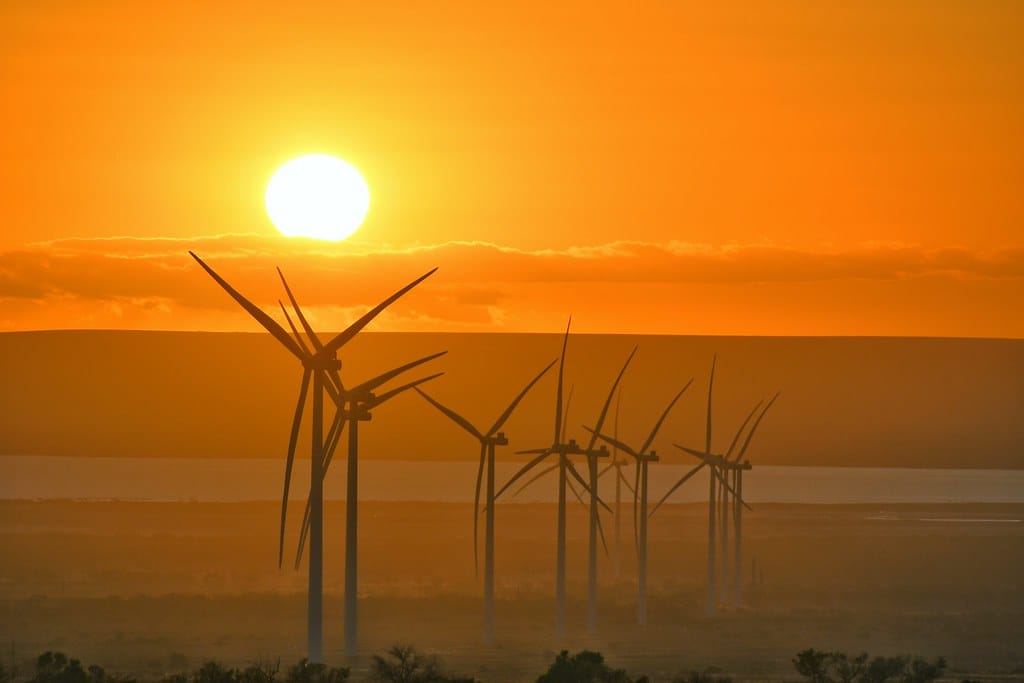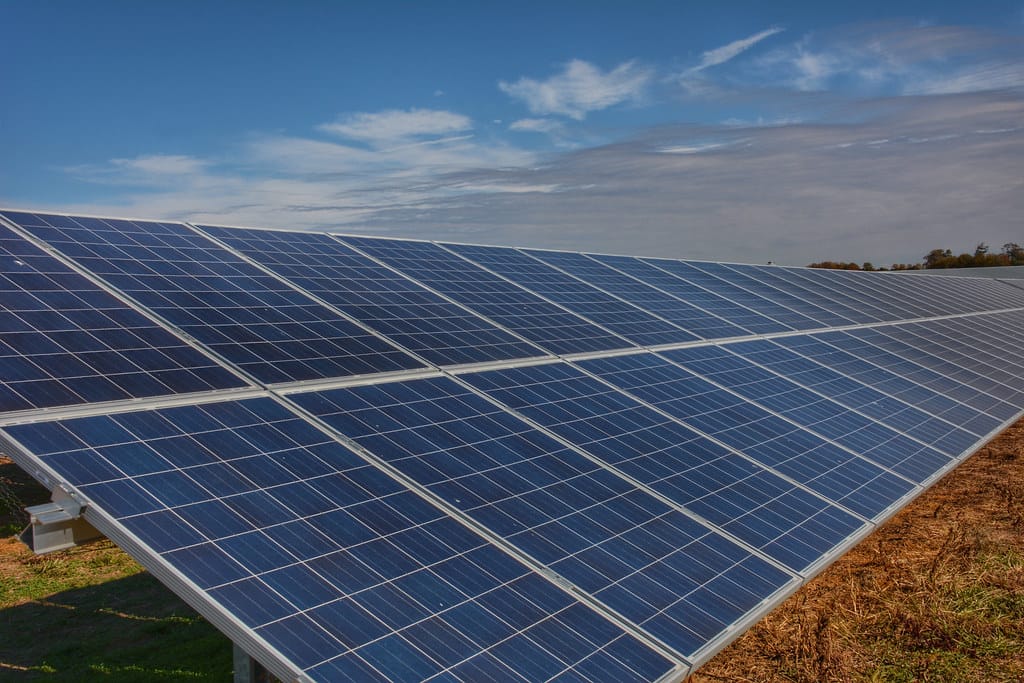The Energy Paradox: Why Record Renewable Growth Still Can't Keep Pace with Soaring Global Electricity Demand
The world is witnessing an unprecedented surge in renewable energy capacity, yet fossil fuels continue their relentless climb. This seeming contradiction lies at the heart of our global energy crisis, where record-breaking clean energy installations are being overshadowed by an even more dramatic spike in electricity consumption worldwide.
The Numbers Tell a Complex Story
Global electricity demand reached an all-time high in 2024, growing by approximately 4% year-over-year—the fastest pace in over a decade. While renewable energy sources expanded by a remarkable 85% in new capacity additions, this growth represents only a fraction of the total energy equation. Coal, natural gas, and oil-fired power generation increased by nearly 2.5% globally, underscoring the magnitude of our energy appetite.
The International Energy Agency reports that renewable sources now account for roughly 42% of global electricity generation, up from 39% just two years ago. Solar photovoltaic installations alone added 346 gigawatts of capacity in 2024, while wind power contributed an additional 116 gigawatts. Yet these impressive figures still fall short of displacing existing fossil fuel infrastructure fast enough to meet climate targets.
The Demand Drivers Behind the Surge
Several converging factors are fueling this unprecedented electricity hunger. The rapid expansion of artificial intelligence and data centers has created an entirely new category of energy-intensive operations. Major tech companies are constructing massive server farms that can consume as much electricity as small cities, with some facilities requiring upwards of 100 megawatts of continuous power.
Electric vehicle adoption, while environmentally beneficial, has also contributed to rising demand. Countries like Norway, where EVs represent over 80% of new car sales, are experiencing significant strain on their electrical grids during peak charging hours. China's aggressive EV rollout has added an estimated 25 terawatt-hours to annual electricity consumption.
Industrial electrification presents another challenge. Manufacturing sectors previously dependent on fossil fuels are transitioning to electric processes, from steel production using electric arc furnaces to cement manufacturing powered by renewable electricity. While this shift is crucial for decarbonization, it temporarily increases overall electricity demand before efficiency gains materialize.
Geographic Disparities in the Energy Transition
The renewable versus fossil fuel dynamic varies dramatically by region. European nations have successfully reduced their coal dependence while expanding wind and solar capacity. Germany's renewable electricity generation hit 56% of total production in 2024, despite temporary increases in natural gas usage following geopolitical disruptions.
Conversely, developing economies in Asia and Africa face different challenges. India's electricity demand grew by 8% in 2024, driven by economic expansion and improved grid access for rural populations. While India deployed 18 gigawatts of new solar capacity, coal plants still provided 44% of the country's electricity generation.
Sub-Saharan Africa presents perhaps the starkest example of this energy paradox. The region added 4 gigawatts of renewable capacity while simultaneously bringing online 2.8 gigawatts of new coal and gas plants to meet basic electrification needs for its growing population.
The Infrastructure Challenge
The mismatch between renewable growth and fossil fuel persistence often stems from infrastructure limitations rather than economic factors. Renewable energy's intermittent nature requires sophisticated grid management and storage solutions that many regions lack. Battery storage capacity grew by 130% globally in 2024, yet represents less than 3% of total grid capacity.
Grid modernization represents a massive undertaking requiring trillion-dollar investments worldwide. Legacy electrical systems designed for centralized fossil fuel plants struggle to accommodate distributed renewable sources, creating bottlenecks that force utilities to maintain conventional backup power.
What This Means for Climate Goals
This energy paradox has profound implications for global climate commitments. While renewable capacity expansion exceeds most projections, the continued growth in fossil fuel generation threatens to derail net-zero targets. Current trajectories suggest that without dramatic acceleration in both renewable deployment and demand management, global emissions from electricity generation may not peak until 2027-2028.
The path forward requires simultaneous action on multiple fronts: accelerating renewable installations, improving energy efficiency, modernizing electrical grids, and implementing policies that phase out fossil fuel generation while meeting growing demand. The next few years will prove critical in determining whether clean energy can finally outrun our collective appetite for electricity.

